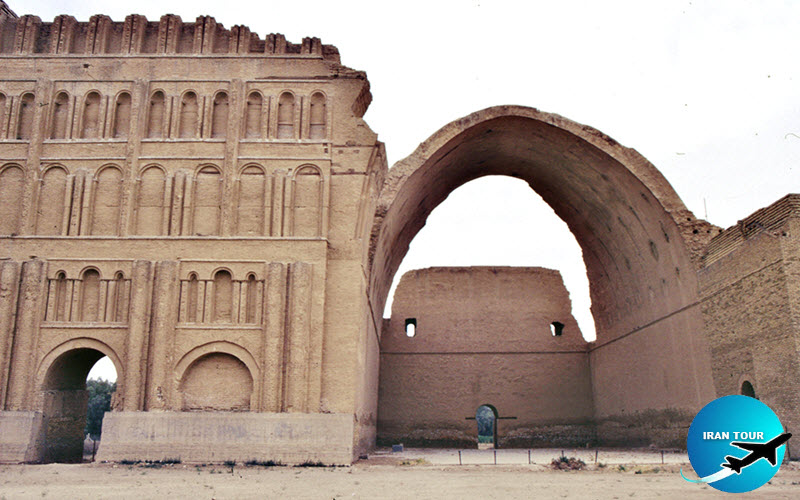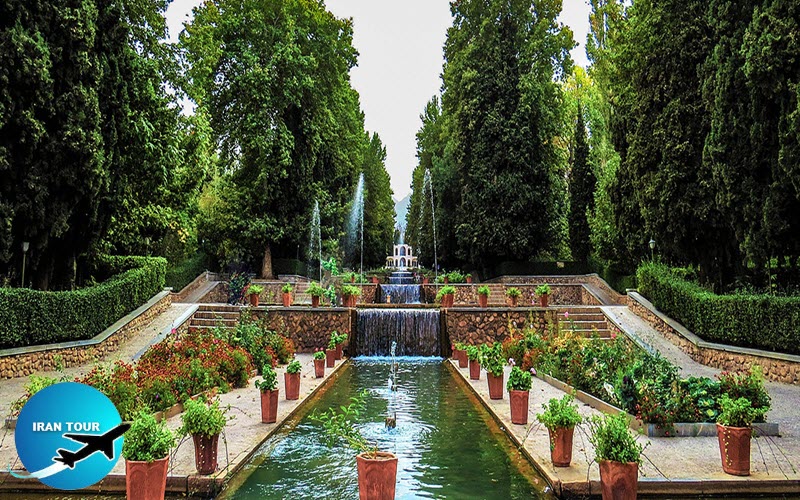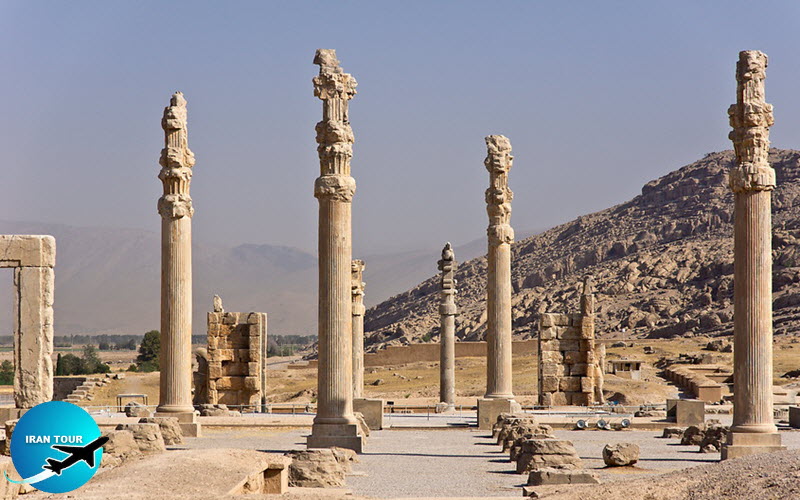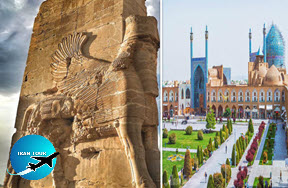Copyright 2020 - 2021 irantour.tours all right reserved
Designed by Behsazanhost
Sassanian Palaces
Before the rise of Islam much of the Middle East was ruled by the Sasanians (A.D. 224-651), a dynasty named after Sasan, an ancestor of its founder, Ardashir I. From their homeland in southwestern Iran these kings relentlessly extended their sphere of influence until by the early seventh century they controlled an empire that stretched from Armenia to India and from Central Asia to Egypt and the littoral of the Arabian peninsula.
- Details
- Category: IRAN Blog
Water as the Origin of Beauty in Persian Garden
Dating back to several thousand years ago, the Iranian garden is the outcome of the culture and thoughts of Iranians and has definite links with the ritual and religious beliefs of the country both before and after the emergence of Islam. Iranian garden is composed of almost static artificial and natural elements including fruitful and decorative plants, a palace, stream, pool, fountain, terraces, and encircling wall and street.
- Details
- Category: IRAN Blog
Eight Thousand Years of History in Fars Province, Iran
Fars province is quintessentially Persian. Its name is the modern version of ancient Parsa, the homeland, if not the place of origin of the Persians, one of the great powers of antiquity. From here, the Persian Empire ruled much of Western and Central Asia, receiving ambassadors and messengers at Persepolis. It was here that the Persian kings were buried, both in the mountain behind Persepolis and in the rock face of nearby Naqsh-e Rustam.
- Details
- Category: IRAN Blog
From Gastronomy Tourism to Creative and Sustainable Tourism of Gastronomy
Tourism and gastronomy together are as old as tourism and gastronomy. Nowadays the systems of these twins are so developed that they can secure social and economic prosperity and well-being of societies and control environmental hazards by focusing on creativity, local and indigenous art, and culture. Such sustainable development depends on innovation and the adoption of innovative approaches to solving civil problems. Although street food seems to be only a place for slow and strolling tourism at first glance, if the managers and urban planners can support and reinforce the creative and related industries in the creative tourist paradigm, one can hope that the larger local community will find better livability and better prosperity.
- Details
- Category: IRAN Blog
The similarities between Persepolis of Achaemenid and Isfahan of the Safavid era
The Persepolis building was built around 520 BC by the order of Darius the Great (486-522 BC), one of the greatest and most powerful historical and national figures in Iran, and his descendants added huge buildings to each of them. Some parts of this exquisite monument have been resisted for 2,500 years in the face of natural disasters, human injuries, and atrocities. The city of Isfahan in the Safavid era began with the order of Shah Abbas Kabir (1750-1050), one of the greatest and most powerful historical and national figures of Iran. Also, After him, prestigious buildings were added to this city.
- Details
- Category: IRAN Blog




